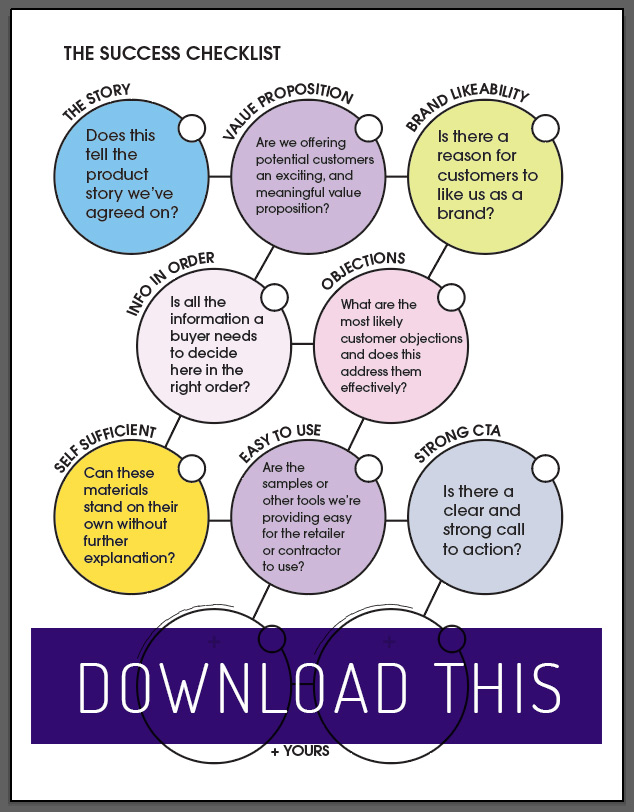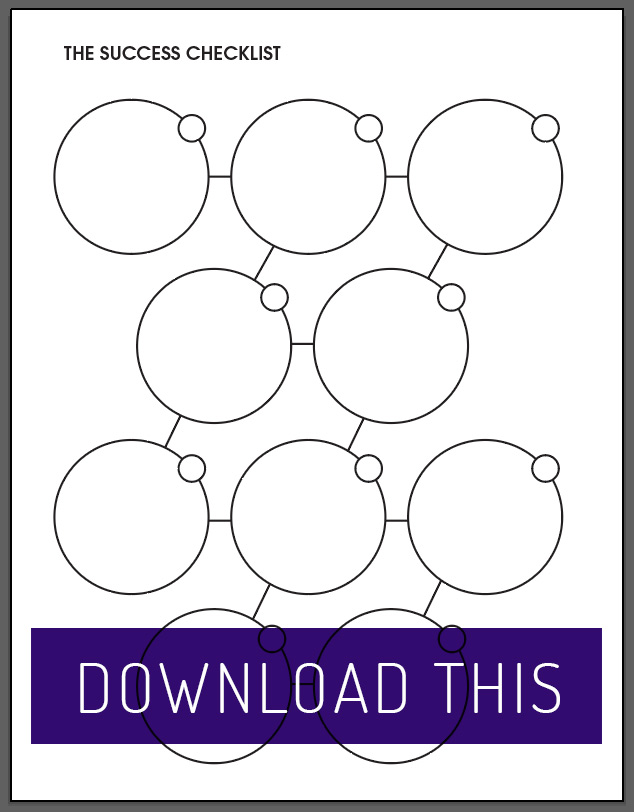A Story – Why Marketing and Sales Alignment Matters
A friend of mine used to run the marketing department at a major flooring company. Recently he told me this story.
“A few years ago, we launched a major new flooring product. It included a big advertising and promotional campaign, new product samples for the retailers who sell our floors and a bucket-load of tools for our salespeople to sell it all in. Then we had a big sales meeting to introduce it all to our salespeople and sent them off to whip up some excitement with their retailers.
A month or so later I went out with some of salespeople on store visits to see how things were going. What I saw stunned me. While most stores were displaying the new product sample boards, in visit after visit, our own salespeople were talking about the new product using all kinds of stories but the one we’d told them to use. And most of our sales tools were nowhere in sight.”
What Went Wrong?
Here’s my friend’s simple answer to that question. “Marketing made up the sales story and all the supporting materials in our own marketing ‘silo.’ Then we turned it over to sales and expected them to believe in it all just as much as we did. They didn’t.”
The learning from this story is clear. Alignment between sales and marketing is critical for the success of any program, and sales must be involved from the outset – not just for a handoff at the end.
This probably isn’t new news and a lot research has been done that supports it. In fact, one study found that “proper alignment” between sales and marketing could lead to a more than 200% jump in revenue, 38% higher win rates and 36% better customer retention.

How Sales and Marketing Alignment Impacts the Development of Samples and Sales Tool
Now the kind of “proper alignment” they’re talking about could involve a lot of things – reorganization, breaking down silos, sharing accountability and KPIs across departments and more. But all that’s way above our paygrade.
So instead we’ll focus on our end of it – the importance of involving sales when developing samples and other sales tools typically used by building materials manufacturers. Here’s some research findings from a variety of studies that explain why this is so important:
- Less than 50% of marketers say sales and marketing are in alignment.
- Three out of five marketing people say they know what sales needs from marketing. One in five salespeople agree.
- Over half of marketing people don’t actually know what kind of sales tools salespeople are most likely to use – in fact up to 80% of the content created by marketing departments goes unused – typically because it is not aligned with any particular target at any stage in the sales funnel.
- Sales typically has a much better understanding than marketing of the friction points in the sales process.
What’s the takeaway? If you don’t have sales alignment and buy in, you could be wasting a lot of your marketing money producing stuff that’s not as effective as it could be – or not going to get used at all. Worse, yet, you could be giving up significant sales revenue.
What’s a Marketer to Do? The Success Checklist.
When it comes to developing samples and sales tools marketing should involve sales early in the process. Make sure you get their buy in on the story – and not just from the VP of Sales – but also from some of folks in the field. Work with them to agree on the process for selling the program in. Agree on the tools they’re going to need. Next we’re going to recommend using a checklist – something that should be no surprise to those of you who have read some of our other blogs.
In this case the purpose of the checklist is ensure that every sample and sales tool that gets made meets the needs of sales – and is likely to be maximally effective in supporting their efforts. Here’s some sample questions to use. Naturally these should vary from tool to tool based on each tool’s purpose, channel and audience – but this should get you started:
- Do these samples or sales tools tell the product story we’ve agreed on?
- Do they offer potential customers an exciting, meaningful value proposition – can they clearly see what’s in it for them (ROI)? And are we demonstrating that with convincing support?
- Have we included a compelling reason for customers to like us as a brand and want to support us?
- Is all the information a buyer needs to decide here in the right order – or are key things missing?
- What are the most likely customer objections – does this address them effectively?
- If these materials need to stand on their own – without being presented – can they?
- Are the samples or other tools we’re providing easy for the retailer or contractor to use? Is there any reason they might object to them (e.g., size, weight)
- Is there a clear and strong call to action – will someone who is interested know exactly what to do and have we made doing it as easy as possible for them?
Want to develop your own custom checklist? Well, the best way to develop one is – you guessed it – in collaboration with sales.

Net Net
If you’re not set up to facilitate collaboration between sales and marketing, you may fail to take full advantage of the unique creative abilities and insights that each side can bring to the table – including in the development of samples boards and other sales tools. So, consider the processes your team uses – and if you’re unsure about how well you’re working together – you might want to try something new the next time around. And,of course, we’re always ready to share our thoughts.
From The Harvard Business Review:
“There is no question that, when Sales and Marketing work well together, companies see substantial improvement on important performance metrics: Sales cycles are shorter, market-entry costs go down, and the cost of sales is lower.”






